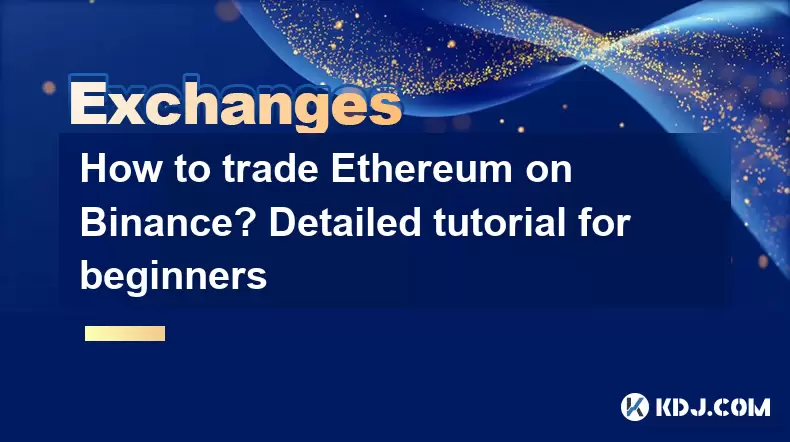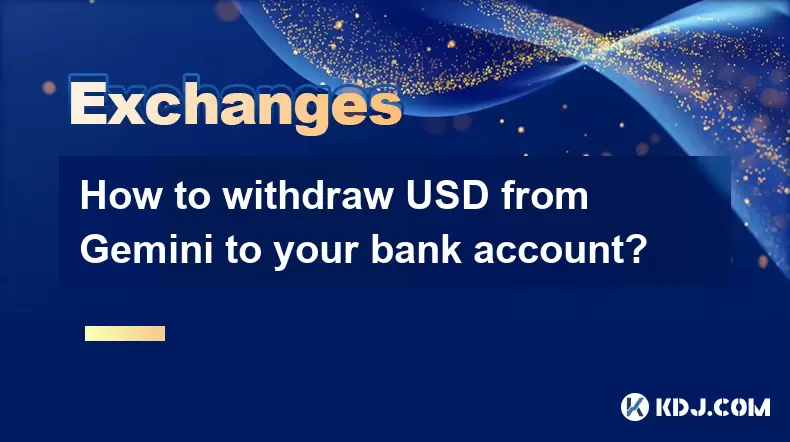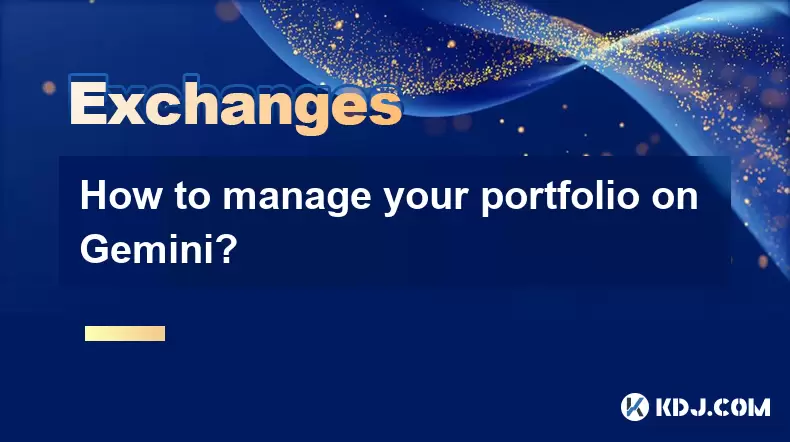-
 Bitcoin
Bitcoin $115000
0.12% -
 Ethereum
Ethereum $3701
4.50% -
 XRP
XRP $3.081
2.99% -
 Tether USDt
Tether USDt $0.0000
-0.01% -
 BNB
BNB $767.9
1.45% -
 Solana
Solana $169.5
3.13% -
 USDC
USDC $0.9999
0.01% -
 Dogecoin
Dogecoin $0.2106
4.30% -
 TRON
TRON $0.3334
1.62% -
 Cardano
Cardano $0.7564
2.54% -
 Stellar
Stellar $0.4165
0.76% -
 Hyperliquid
Hyperliquid $38.75
0.25% -
 Sui
Sui $3.593
3.00% -
 Chainlink
Chainlink $17.08
3.59% -
 Bitcoin Cash
Bitcoin Cash $573.6
4.35% -
 Hedera
Hedera $0.2508
-0.84% -
 Avalanche
Avalanche $23.07
6.46% -
 Ethena USDe
Ethena USDe $1.001
-0.02% -
 Litecoin
Litecoin $120.8
8.17% -
 UNUS SED LEO
UNUS SED LEO $8.943
-0.32% -
 Toncoin
Toncoin $3.400
-5.60% -
 Shiba Inu
Shiba Inu $0.00001255
1.54% -
 Uniswap
Uniswap $9.908
6.32% -
 Polkadot
Polkadot $3.718
2.10% -
 Monero
Monero $303.0
-0.74% -
 Dai
Dai $0.9999
-0.02% -
 Bitget Token
Bitget Token $4.392
0.91% -
 Cronos
Cronos $0.1403
6.31% -
 Pepe
Pepe $0.00001076
1.13% -
 Aave
Aave $267.2
1.80%
How to trade Ethereum on Binance? Detailed tutorial for beginners
To trade Ethereum on Binance, set up an account, deposit funds, buy ETH, and use market analysis to execute trades effectively; withdraw to a personal wallet for safety.
Jun 15, 2025 at 04:14 am

Trading Ethereum on Binance can be an exciting and potentially profitable venture for beginners. To get started, you'll need to understand the basics of how to navigate the platform, set up your account, and execute trades effectively. This detailed tutorial will guide you through each step of the process, ensuring you have the knowledge and confidence to trade Ethereum on Binance.
Setting Up Your Binance Account
Before you can start trading Ethereum on Binance, you need to set up an account. Here’s how you can do it:
- Visit the Binance website: Go to the official Binance website at www.binance.com.
- Click on 'Register': You will find the 'Register' button at the top right corner of the page. Click on it to begin the registration process.
- Enter your email and create a password: Fill in your email address and create a strong password. Make sure to use a password that is difficult to guess and includes a mix of letters, numbers, and special characters.
- Complete the verification process: You will need to verify your email address by clicking on the link sent to your inbox. After that, you might need to complete additional verification steps, such as providing your phone number and identity documents, to comply with KYC (Know Your Customer) regulations.
- Enable two-factor authentication (2FA): For added security, enable 2FA on your account. You can do this by downloading an authenticator app like Google Authenticator and following the prompts on Binance to link it to your account.
Depositing Funds into Your Binance Account
Once your account is set up, you'll need to deposit funds to start trading Ethereum. Here's how to do it:
- Navigate to the 'Wallet' section: After logging in, click on the 'Wallet' tab at the top of the page, then select 'Overview'.
- Select 'Deposit': On the Wallet Overview page, click on the 'Deposit' button.
- Choose the cryptocurrency you want to deposit: From the list of cryptocurrencies, select the one you want to deposit into your Binance account. If you're planning to buy Ethereum directly with fiat currency, you might need to deposit a stablecoin like USDT first.
- Copy the deposit address: Binance will generate a unique deposit address for the selected cryptocurrency. Copy this address.
- Transfer funds to the deposit address: Use the copied address to send funds from your external wallet or another exchange to your Binance account. Make sure to double-check the address to avoid any errors.
Buying Ethereum on Binance
Now that you have funds in your Binance account, you can buy Ethereum. Here’s how:
- Navigate to the trading section: Click on the 'Trade' tab at the top of the page, then select 'Classic'.
- Select the trading pair: In the search bar, type 'ETH' and choose the trading pair you want to use, such as ETH/USDT or ETH/BTC.
- Choose your order type: Binance offers several order types, including Market, Limit, and Stop-Limit orders. For beginners, a Market order is the simplest option as it executes the trade at the current market price.
- Enter the amount: Decide how much Ethereum you want to buy and enter the amount in the 'Amount' field. You can choose to input the amount in ETH or in the quote currency (e.g., USDT).
- Review and confirm the order: Double-check all the details, then click on the 'Buy ETH' button to execute the order. Your Ethereum will be credited to your spot wallet once the order is filled.
Trading Ethereum on Binance
After you have purchased Ethereum, you can start trading it on Binance. Here's how to execute a trade:
- Navigate to the trading section: Go to the 'Trade' tab and select 'Classic' as before.
- Select the trading pair: Choose the Ethereum trading pair you want to trade, such as ETH/USDT or ETH/BTC.
- Analyze the market: Use the charts and indicators provided by Binance to analyze the market trends and decide whether you want to buy or sell Ethereum.
- Choose your order type: Decide on the type of order you want to place. For beginners, sticking to Market or Limit orders can be less complex.
- Enter the amount: Input the amount of Ethereum you want to trade.
- Review and confirm the order: Review all the details carefully, then click on the 'Buy' or 'Sell' button to execute the trade.
Withdrawing Ethereum from Binance
If you decide to move your Ethereum to an external wallet, here’s how to withdraw it from Binance:
- Navigate to the 'Wallet' section: Click on the 'Wallet' tab and select 'Overview'.
- Select 'Withdraw': On the Wallet Overview page, click on the 'Withdraw' button.
- Choose Ethereum (ETH): From the list of cryptocurrencies, select Ethereum (ETH).
- Enter the withdrawal address: Input the Ethereum address where you want to send your ETH. Make sure to use the correct address to avoid losing your funds.
- Enter the amount: Specify the amount of Ethereum you want to withdraw.
- Review and confirm the withdrawal: Double-check all the details, then click on the 'Submit' button to initiate the withdrawal. You might need to complete additional security checks, such as entering a 2FA code, to confirm the transaction.
Frequently Asked Questions
Q: Can I trade Ethereum on Binance using a mobile app?
A: Yes, you can trade Ethereum on Binance using their mobile app. The app is available for both iOS and Android devices and offers similar functionality to the web platform. Simply download the app, log in with your existing account, and follow the same steps outlined in this tutorial to trade Ethereum.
Q: What are the fees for trading Ethereum on Binance?
A: Binance charges different fees depending on the type of trade and your trading volume. For spot trading, the standard fee is 0.1% per trade, but you can reduce this fee by using BNB (Binance Coin) to pay for trading fees or by increasing your trading volume to qualify for lower maker and taker fees.
Q: Is it safe to leave my Ethereum on Binance?
A: Binance has robust security measures in place, including cold storage for the majority of user funds and mandatory 2FA for account access. However, it's generally recommended to move your Ethereum to a personal wallet for long-term storage to minimize the risk of hacks or exchange insolvency.
Q: Can I trade Ethereum futures on Binance?
A: Yes, Binance offers Ethereum futures trading. To access this feature, navigate to the 'Derivatives' section of the platform, select 'USDT-M Futures' or 'COIN-M Futures,' and choose the ETH futures contract you want to trade. Be aware that futures trading involves higher risks and is not recommended for beginners.
Disclaimer:info@kdj.com
The information provided is not trading advice. kdj.com does not assume any responsibility for any investments made based on the information provided in this article. Cryptocurrencies are highly volatile and it is highly recommended that you invest with caution after thorough research!
If you believe that the content used on this website infringes your copyright, please contact us immediately (info@kdj.com) and we will delete it promptly.
- Velo Universe, DEX, and DeFi Security: Navigating the Future of Decentralized Trading
- 2025-08-05 09:25:13
- Bitget Wallet Revolutionizes Solana with Gas-Free Transactions: A New Era for DeFi
- 2025-08-05 09:25:13
- Cryptocurrency, Altcoins, and Profit Potential: Navigating the Wild West
- 2025-08-04 14:50:11
- Blue Gold & Crypto: Investing Disruption in Precious Metals
- 2025-08-04 14:30:11
- Japan, Metaplanet, and Bitcoin Acquisition: A New Era of Corporate Treasury?
- 2025-08-04 14:30:11
- Coinbase's Buy Rating & Bitcoin's Bold Future: A Canaccord Genuity Perspective
- 2025-08-04 14:50:11
Related knowledge

How to set and manage alerts on the Gemini app?
Aug 03,2025 at 11:00am
Understanding the Gemini App Alert SystemThe Gemini app offers users a powerful way to stay informed about their cryptocurrency holdings, price moveme...

How to use the Gemini mobile app to trade on the go?
Aug 04,2025 at 09:14am
Setting Up the Gemini Mobile AppTo begin trading on the go using the Gemini mobile app, the first step is installing the application on your smartphon...

What to do if you forgot your Gemini password?
Aug 04,2025 at 03:42am
Understanding the Role of Passwords in Gemini AccountsWhen using Gemini, a regulated cryptocurrency exchange platform, your password serves as one of ...

What are the websocket feeds available from the Gemini API?
Aug 03,2025 at 07:43pm
Overview of Gemini WebSocket FeedsThe Gemini API provides real-time market data through its WebSocket feeds, enabling developers and traders to receiv...

How to withdraw USD from Gemini to your bank account?
Aug 04,2025 at 11:01am
Understanding Gemini and USD WithdrawalsGemini is a regulated cryptocurrency exchange platform that allows users to buy, sell, trade, and store digita...

How to manage your portfolio on Gemini?
Aug 03,2025 at 10:36am
Accessing Your Gemini Portfolio DashboardTo begin managing your portfolio on Gemini, you must first log in to your account through the official websit...

How to set and manage alerts on the Gemini app?
Aug 03,2025 at 11:00am
Understanding the Gemini App Alert SystemThe Gemini app offers users a powerful way to stay informed about their cryptocurrency holdings, price moveme...

How to use the Gemini mobile app to trade on the go?
Aug 04,2025 at 09:14am
Setting Up the Gemini Mobile AppTo begin trading on the go using the Gemini mobile app, the first step is installing the application on your smartphon...

What to do if you forgot your Gemini password?
Aug 04,2025 at 03:42am
Understanding the Role of Passwords in Gemini AccountsWhen using Gemini, a regulated cryptocurrency exchange platform, your password serves as one of ...

What are the websocket feeds available from the Gemini API?
Aug 03,2025 at 07:43pm
Overview of Gemini WebSocket FeedsThe Gemini API provides real-time market data through its WebSocket feeds, enabling developers and traders to receiv...

How to withdraw USD from Gemini to your bank account?
Aug 04,2025 at 11:01am
Understanding Gemini and USD WithdrawalsGemini is a regulated cryptocurrency exchange platform that allows users to buy, sell, trade, and store digita...

How to manage your portfolio on Gemini?
Aug 03,2025 at 10:36am
Accessing Your Gemini Portfolio DashboardTo begin managing your portfolio on Gemini, you must first log in to your account through the official websit...
See all articles

























































































